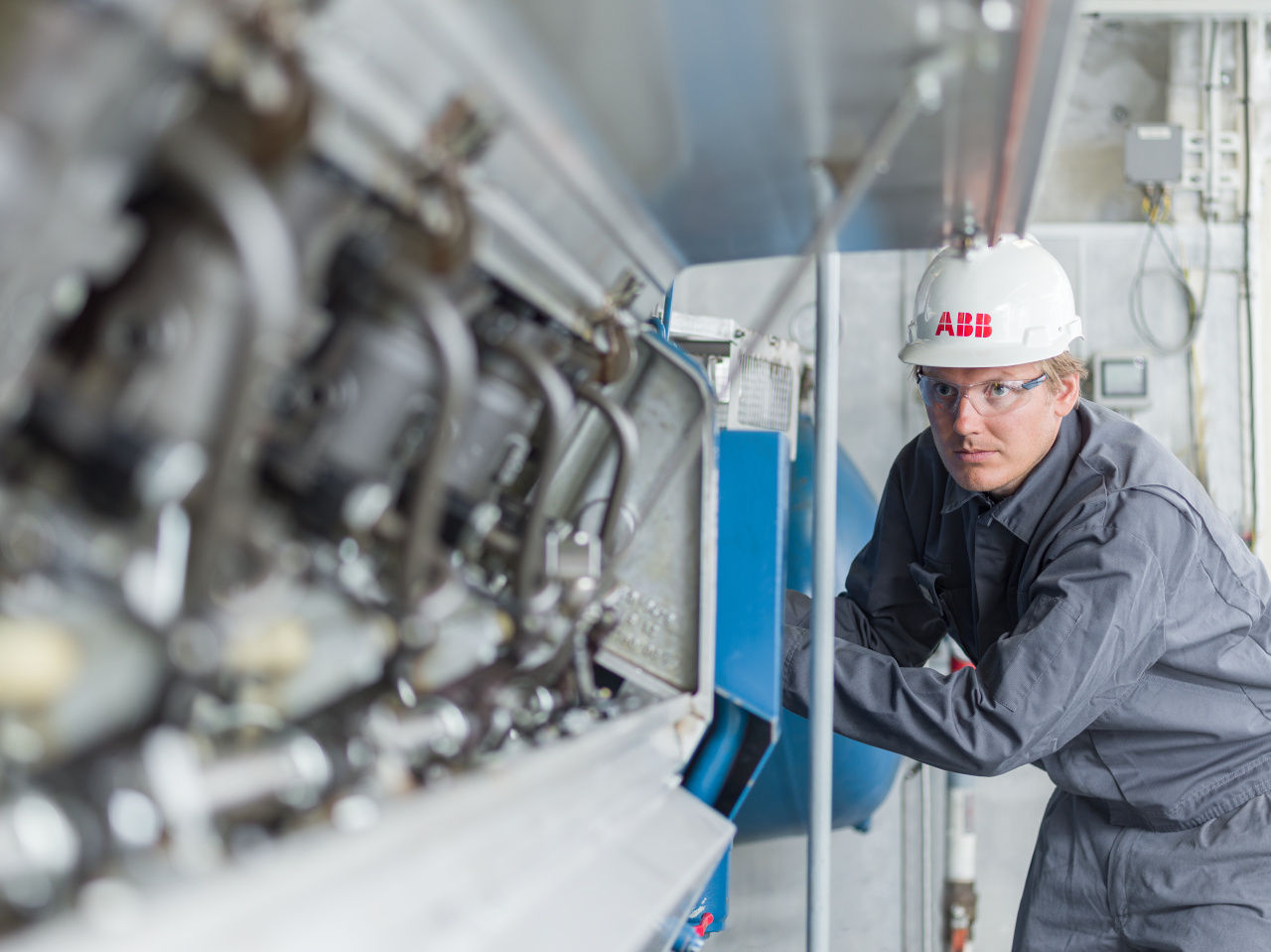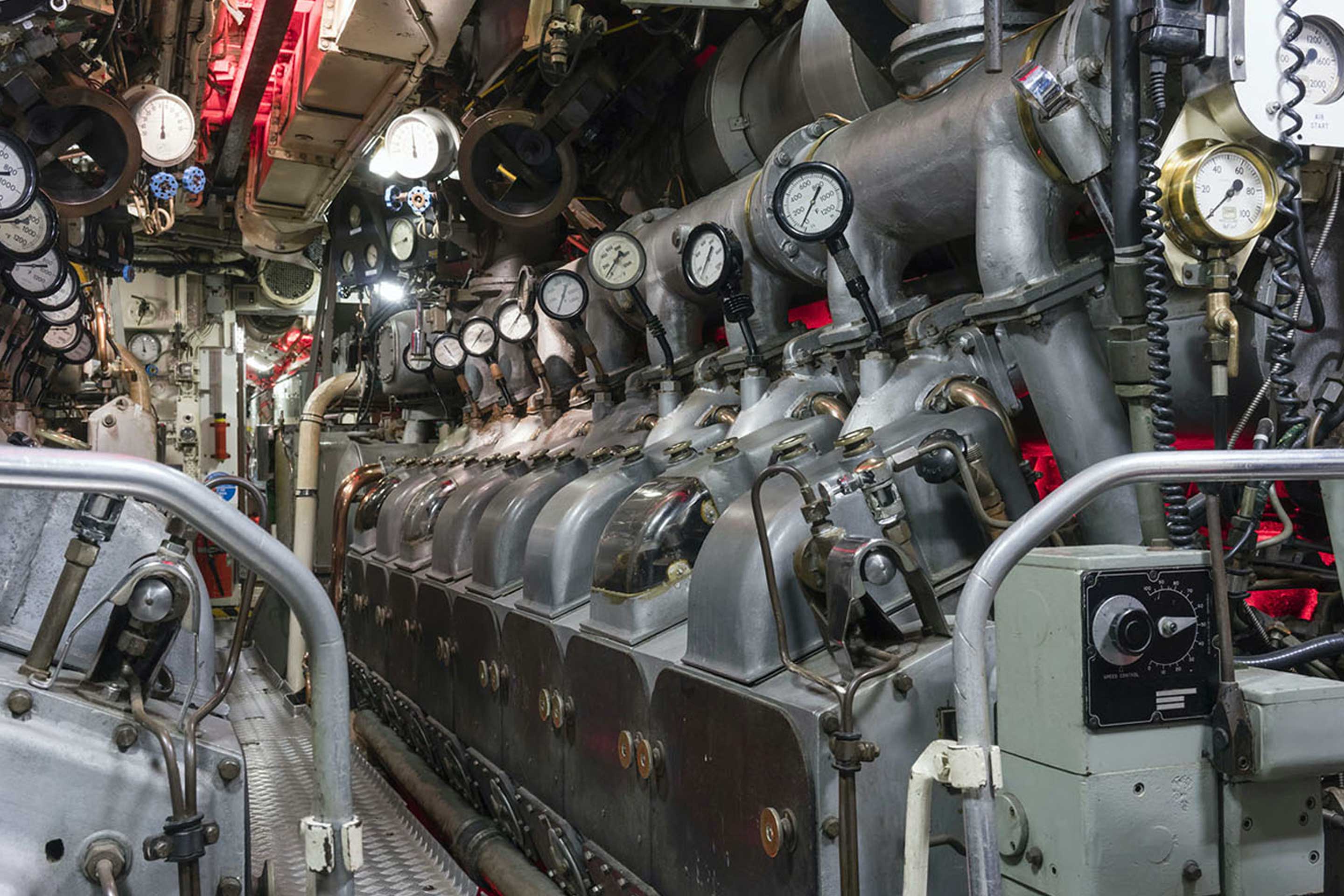In previous charge! articles discussing the history of internal combustion, we’ve looked at everything from alternative power, to steam power, to the early seeds of the Internal Combustion Engine (ICE). So, what happened next?
We’re beginning to understand that the key point in achieving higher efficiencies with an internal combustion engine is pre-compression. So why not compress further? What prevented our inventors and engineers from pushing boundaries even more? There is one main reason, and even today it still proves a limitation for current gasoline and gas engines.
Let’s quickly delve a little deeper into the spark ignited combustion process.
As was already the case with the first Lenoir engine, the spark-ignited 4-stroke ‘Beau de Rochas’ or ‘Otto’ engines are supplied with light fuels, far before the combustion process (during the intake phase). This means that after the compression, just before sparking, the air-gas or air-gasoline mixture has had plenty of time to become perfectly homogeneous, and so ready for burning. In normal operation, once the sparkplug ignites the mixture, the fire progresses step by step, following a spherical flame front: the heat is gradually released, and the peak pressure remains within the limits given by the mechanical parts.
However, by compressing more than a certain ratio – around four times the atmospheric pressure on the first Otto engine (and even more today) – the overly high temperature increase would anarchically self-ignite the mixture and damage or destroy the engine. When this self-ignition phenomenon occurs after sparking, it’s called ‘knocking’. With this combustion mode, it is impossible to compress more than a certain ratio to further improve the efficiency brought by the compression. This is where the story of Diesel comes in.
From passionate child to celebrated inventor
Rudolf Diesel was born in Paris in 1858, and the youngster was particularly interested in technology. He used to visit the museum of the “Conservatoire des Arts et Métiers”, where among others, Sadi Carnot, Alfonse Beau de Rochas and Etienne Lenoir were associated with, and drew the newly displayed machines. Diesel received an intense education, especially from his father, a bookbinder who also created toys with micro mechanisms within the family workshop.
A student at the Königlich Bayerische Technische Hochschule München, (today’s Technische Universität München), Diesel attended lectures by Carl Linde, renowned for his important work and innovations within air liquefaction and refrigeration fields, along with being the founder of the Linde company. In 1878, Carl Linde explained to his students that steam engines can only convert a maximum of 6 to 10% of the heat energy into useful work (5% was typical at the time), but that the Carnot cycle – with two adiabatic and two isothermal transformations – allows the conversion of much more of the heat energy into work.
According to Diesel himself, this inspired the idea of creating a highly efficient engine that could work on the Carnot cycle. From this moment on, Diesel was driven by the desire to build an efficient ‘Carnot engine’. It would be small and economical (with an output of a few kW’s). Such engines would make it possible to distribute mechanical power more widely across countries, and they’d be ideal for family workshops like the one his father had back in Paris.
After his studies, Diesel started working for the Linde company in Paris. In 1889, Diesel went back to Germany and his research took him closer to realizing the ‘rational engine’, able to operate according to the ideal Carnot Cycle. The key point of his invention in its initial form was the isothermal combustion.
Isothermal combustion
- Compressing only air adiabatically, to a very high level in a way to reach the maximal cycle temperature before any combustion occurring
- Injecting the fuel within the compressed air, which would ignite only thanks to the high temperature (we’ll come back to this point…)
- Combustion at constant temperature, thanks to the very large quantity of air (9 times the stochiometric quantity)
- Adiabatic Expansion (working stroke)
With dedicated phases for a gas exchange process (exhaust and intake) Diesel calculated a global efficiency of 73% for his rational engine, which was astronomical for the time (and still deeply impressive today). Diesel faced two main challenges: achieving a higher maximal temperature and trying to follow the Carnot cycle, especially through an isothermal combustion.
The first challenge was to increase the compression ratio in comparison to the existing spark-ignited engines, but without getting anarchic self-ignition and/or knocking. Diesel’s idea was to compress only the air at a pressure level high enough to reach the fuel self-ignition temperature. Then, the combustion would be triggered and controlled with the fuel injection, the piston being around its top position.
It’s thought that Diesel’s idea of a compression engine may have been influenced by Carl Linde’s previous experience with the traditional Asian fire piston – while lecturing on the Pinang Island in Southeast Asia, Linde was presented with a fire piston lighter as a souvenir. Instead of using friction to start fires, the populations from South-east Asia traditionally ignited their fires in a more elegant way – they used rapid adiabatic compression.
Diesel outlined his ideas in Theory and Construction of a Rational Heat Motor. He explained that the isothermal combustion was obtained thanks to a very high amount of extra air, strongly compressed at 250-300 bar (to absorb the heat instead of letting the temperature increase). Unfortunately, due to induced high pressures, losses and friction, it’s nearly impossible to extract work from such a process.
After additional reflection and feedback, Diesel began modifying his engine, switching from isothermal, to isobaric combustion (temperature now rises during combustion heat release), by adding more fuel for a given air mass. This remains the main characteristic of the Diesel cycle even today. Diesel described the cycle in his 1895 patent application, which describes how compression must be sufficient to trigger ignition. Although other inventors worked on similar concepts, Diesel is credited with being the first to put the pieces together. During the same period, Diesel also convinced two major industrial partners to build and test his engine: MAN and Krupp.

Testing prototypes
On August 10, 1893, the first Diesel prototype was started, but the engine made just one revolution without delivering any power. Diesel redesigned the existing engine, and by January 1894 his mechanics had converted it into the second prototype. The redesigned engine ran for 88 revolutions, and by June 1895 the engine achieved an effective efficiency of 16.6%. Diesel would continue further improve the design of his engine, also building a third prototype.
In February 1896, only three years after the date of the invention, Diesel had already considered supercharging his engine, in other words forcing the air going into the cylinder. Tests were conducted until early 1897, with a rated power of 13.1 kW and an effective efficiency of 26.2% – more than twice the efficiency of the Otto engine and five times the efficiency of a standard steam engine. From 1898, Diesel would at least temporarily become a millionaire…
Some people say that Carnot invented the Diesel engine in 1824, but we could also say that Diesel invented the Carnot engine in 1893. Whatever your view, both men helped to kickstart the second industrial revolution, along with making it possible for humans to master more efficient means of generating power. From here, it’s only one small step to the latest turbocharged engines, and we’ll be looking into that soon.














